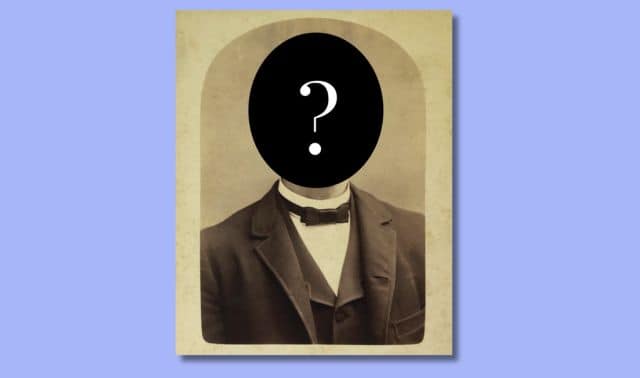Sign up for the Family Tree Newsletter Plus, you’ll receive our 10 Essential Genealogy Research Forms PDF as a special thank you!
Get Your Free Genealogy Forms
"*" indicates required fields
Quick—if you just stumbled upon this post, click here to test your knowledge.
1. When did most Continental Congressional delegates sign the Declaration of Independence?
Aug. 2. The only person to sign July 4 was John Hancock. Most delegates signed the declaration Aug. 2, 1776, and some delegates weren’t present and had to wait even longer. New delegates also were allowed to sign later.
2. How many delegates eventually signed the declaration?
56 (Learn more about the signers on the National Archives and Records Administration Web site.)
3. The original, handwritten Declaration of Independence survives.
False. The original, document has never been found. The oldest surviving copies are 25 Dunlap Broadsides, copies printer John Dunlap made the night of July 4, 1776.
July 19, 1776, Congress ordered an engrossed (neatly handwritten on parchment) copy, which the delegated signed. The National Archives has this document, now badly faded. In 1823, John Quincy Adams had printer William J. Stone make an engraving of the document, which is the one shown below and most often reproduced today.
4. How many lanterns were hung in the steeple of the Old North Church, April 18, 1775?
Two. Paul Revere told three Boston patriots to hang two lanterns in the steeple, which warned those across the Charles River in Charlestown that the British were arriving by sea.
5. Which other guy rode around the same night as Paul Revere, warning colonists that the British were coming?
Both Dawes and Prescott. William Dawes rode separately from Boston, Mass., to Lexington to tell John Hancock and John Adams they were in danger of arrest by British soldiers marching into the countryside. He and Paul Revere met there and both rode toward Concord; Samuel Prescott joined them along the way. The men were stopped by British soldiers and split up, after which Dawes’ horse bucked him and he had to walk back to Lexington. Revere was detained and escorted back to Lexington.
Prescott is the only one of the three to reach Concord, and he kept going to warn others. Paul Revere is the one who made the history books, perhaps because his name worked best in Longfellow’s poem.
ADVERTISEMENT





